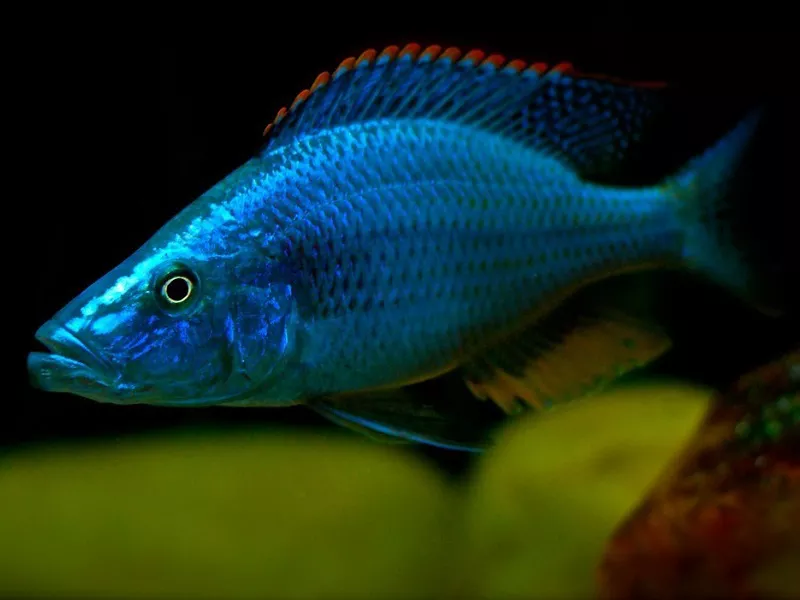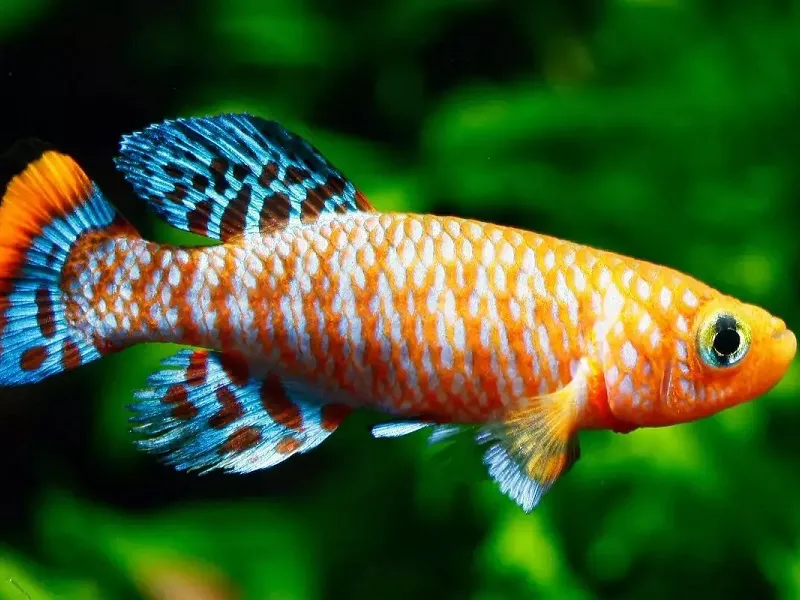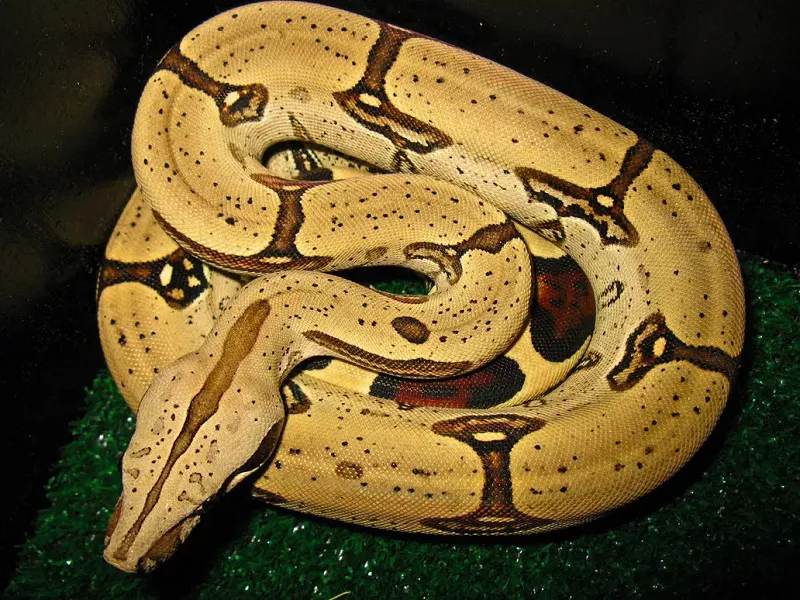What is a malawi eyebiter?
Malawi eyebiter (Dimidiochromis compressiceps) is a species of fish in the family Cichlidae. This predatory cichlid is endemic to Lake Malawi in East Africa.
What does malawi eyebiter look like?
The malawi eyebiter is produced in Lake Malawi in Africa, with a body length of 20-25 cm, a body shape like a knife, a protruding snout, a long face, a large mouth, an ugly appearance, a bit scary, and left behind because of its strange face deep impression. Males are golden yellow, with red dorsal and anal fins, and females are silver-gray. Malawi eyebiter likes weakly alkaline hard water and is violent in nature. The sand is used as a nest to lure the females to lay eggs, and then the eggs are held in their mouths to hatch. After 3 weeks, when the larvae can swim freely, the broodstock will no longer take care of the larvae.
Habits of malawi eyebiter
Malawi eyebiter belongs to the large cichlid class, with dazzling colors, but cruel temperament, fast swimming speed, and flat fish.
Malawi eyebiters are large and impressive predators of open water. This fish is often prowling and is therefore not territorial unless ready to spawn. They like open water and prefer to stay at the top of the aquarium, presumably because it wants to live more in an open place without rocks and plants getting in the way. In appearance it is typically silvery white with a single brown horizontal stripe on its face. Males show color when they reach sexual maturity: electric blue and fluorescent barrel red appear on their caudal fins. This is a rather unusual fish with a jaw that is nearly 1/3 of its total body length. malawi eyebiter has a huge mouth, and females can breed more than 250 fry at the same time. The vast majority of malawi eyebiter are dimorphic, that is, males and females are very different, and you can tell which is female and which is male at a glance (while most tan breams are male and female). However, malawi eyebiter has a longer juvenile stage and develops later in color, and many malawi eyebiter take about two years to fully develop their color. So, it’s almost impossible (except, of course, experts) to identify the sex of a fish in its juvenile stage. Most mature females look similar to their juveniles, and their body color is similar to the crucian carp we eat, mostly iron gray and silver gray.
Malawi eyebiter feeding
If you plan to keep malawi eyebiter. First, have less decoration in the aquarium because they like open water and don’t get in the way of space. Second, this fish is large (9-12 inches) and requires a large aquarium. Third, and most importantly, remember that this fish is a carnivore by nature. Small fish, like Pseudotropheus, should not be kept with D. compressiceps. I learned this lesson after my 5 Pseudos were swallowed and luckily all 5 escaped (they were too big to swallow) and were later separated. In the wild, this fish invades other cichlids, mainly Pseudotropheus and Aulonocara species, and can easily develop if precautions are not taken in the aquarium. For aquariums, our recommended fish foods are: pellets, shrimp, krill or shellfish. If you don’t have any Mbuna or other small fish in the aquarium, you can also feed them some forage fish, as feeding forage fish may make them aggressive towards other small fish in the aquarium. You can choose to feed flaked cod or smelt, although these are not as nutritious as shellfish or shrimp.


























